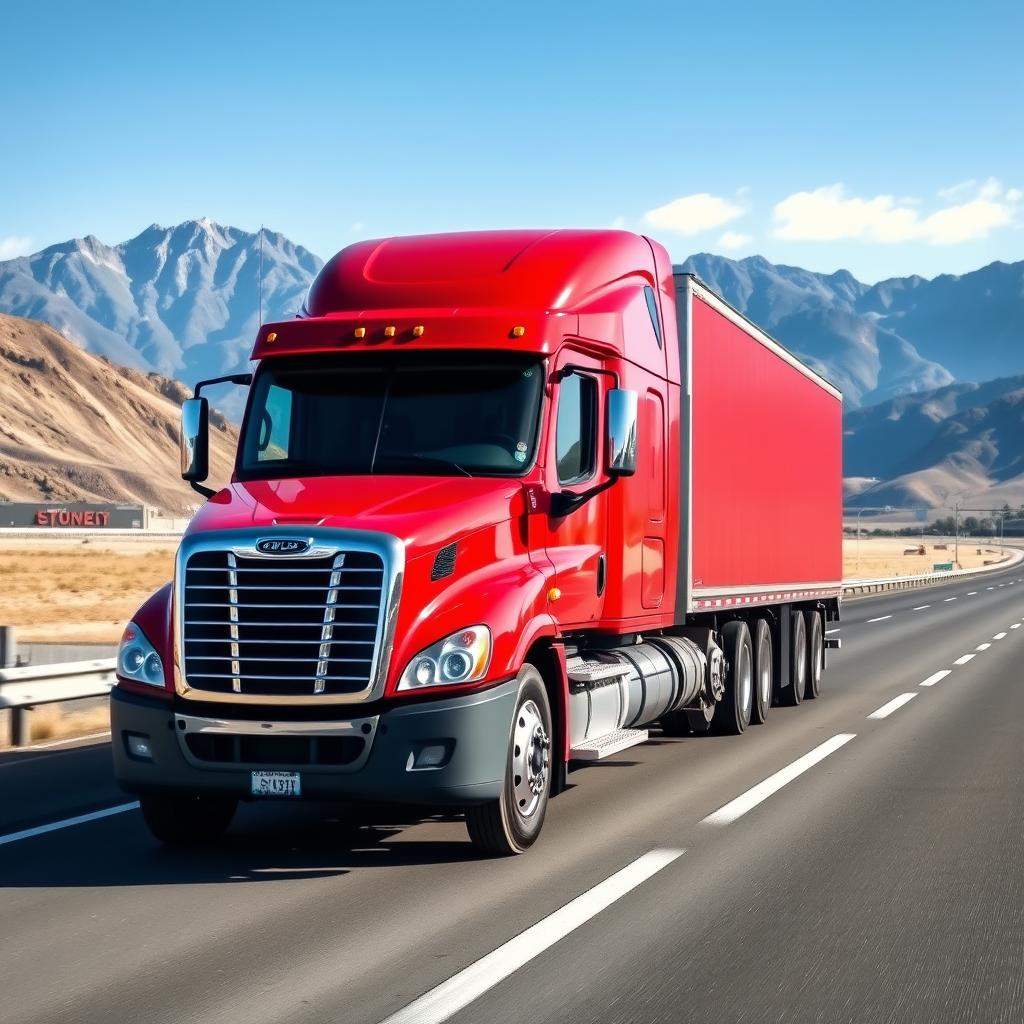Complete Guide: Steps to Become a CDL Driver in America
Are you wondering how to become a CDL truck driver USA? The trucking industry offers excellent career opportunities, job security, and competitive salaries for those willing to take the wheel. This comprehensive guide will walk you through everything you need to know about becoming a commercial truck driver in America, from initial requirements to landing your first job.
Understanding the CDL Basics and Requirements
Before diving into the specifics of becoming a truck driver, it’s essential to understand what a Commercial Driver’s License (CDL) is and why you need one. A CDL is a specialized license required to operate large, heavy, or placarded hazardous material vehicles for commercial purposes.
Basic Requirements for CDL Qualification:
• Must be at least 18 years old for intrastate driving (21 for interstate)
• Valid regular driver’s license
• Clean driving record
• Ability to pass a DOT physical examination
• Ability to pass drug and alcohol screening
• Proof of U.S. citizenship or legal residency
Types of CDL Licenses and Endorsements
Class A CDL
This is the most comprehensive commercial license, allowing you to drive combination vehicles with a gross combined weight rating (GCWR) of 26,001 pounds or more. With a Class A CDL, you can operate:
• Tractor-trailers
• Truck and trailer combinations
• Tank vehicles
• Livestock carriers
• Flatbeds
Class B CDL
This license allows you to drive single vehicles with a gross vehicle weight rating (GVWR) of 26,001 pounds or more, including:
• Straight trucks
• Large buses
• Segmented buses
• Box trucks
• Dump trucks with small trailers
Class C CDL
This is required for vehicles that don’t meet Class A or B criteria but are used to transport:
• 16+ passengers (including the driver)
• Hazardous materials
• Small passenger vehicles
Steps to Obtain Your CDL
1. Meet Initial Requirements and Obtain CLP
The first step in your journey is obtaining a Commercial Learner’s Permit (CLP). This requires:
• Passing a written knowledge test
• Providing necessary documentation
• Paying applicable fees
• Holding the CLP for at least 14 days before taking the CDL skills test
2. Complete Required Training
As of February 2022, the Federal Motor Carrier Safety Administration (FMCSA) requires all entry-level drivers to complete an approved Entry-Level Driver Training (ELDT) program. This training includes:
Theory Instruction:
• Basic vehicle operation
• Hours of Service rules
• Trip planning
• Safety regulations
• Cargo securement
Behind-the-wheel Training:
• Vehicle inspection
• Basic control
• Shifting
• Backing
• Road training
3. Pass the CDL Skills Test
The CDL skills test consists of three parts:
• Vehicle inspection test
• Basic control test
• Road test
CDL Training Schools and Programs
Choosing the right CDL training program is crucial for your success. Consider these factors when selecting a school:
Accreditation and Certification:
• Verify the school is listed on the FMCSA Training Provider Registry
• Check state certification and licensing
• Review industry partnerships
Program Features:
• Length of training program
• Classroom vs. hands-on ratio
• Job placement assistance
• Financing options
• Schedule flexibility
Cost Considerations:
• Tuition fees
• Additional certification costs
• Payment plans
• Financial aid availability
• Company-sponsored training options
Financing Your CDL Training
Several options are available to help fund your CDL training:
1. Company-Sponsored Training
Many trucking companies offer paid CDL training in exchange for a work commitment. Benefits include:
• No upfront costs
• Guaranteed job upon completion
• Paid training period
• Benefits during training
2. Traditional Financing
• Personal loans
• Payment plans
• Workforce development programs
• GI Bill benefits for veterans
• Federal grants and scholarships
Starting Your Career as a CDL Driver
Once you’ve obtained your CDL, several career paths are available:
Entry-Level Positions:
• OTR (Over-the-Road) driving
• Regional hauling
• Local delivery
• Specialized transport
Career Advancement Opportunities:
• Owner-operator
• Fleet manager
• Safety supervisor
• Driver trainer
• Logistics coordinator
Building a Successful Career
To maximize your success as a CDL driver:
1. Maintain a Clean Driving Record
• Follow all traffic laws
• Complete required maintenance checks
• Keep accurate logs
• Stay current with DOT regulations
2. Professional Development
• Obtain additional endorsements
• Join professional associations
• Attend industry conferences
• Complete advanced training
3. Health and Wellness
• Maintain DOT medical certification
• Practice healthy habits on the road
• Manage stress effectively
• Balance work and personal life
Industry Outlook and Salary Expectations
According to the Bureau of Labor Statistics, the trucking industry continues to grow, with strong demand for qualified drivers. Current statistics show:
• Median annual wage: $47,130
• Top earners: $69,480+
• Growth rate: 6% (2020-2030)
• Job security: High
• Benefits: Competitive
Conclusion
Becoming a CDL truck driver in America offers a stable career path with excellent growth potential. By following the steps outlined in this guide, you can join the ranks of professional drivers who keep our nation’s economy moving. From obtaining your initial CDL to advancing your career, the journey requires dedication, proper training, and a commitment to safety and professionalism.
Ready to start your career as a CDL driver? Contact our experienced team today to learn more about our comprehensive training programs and how we can help you achieve your goals in the trucking industry. Whether you’re interested in company-sponsored training or need guidance on financing options, we’re here to help you take the first step toward your new career.
Don’t wait to begin your journey – reach out now to discuss your future in the trucking industry and learn how we can help you succeed as a professional CDL driver.







